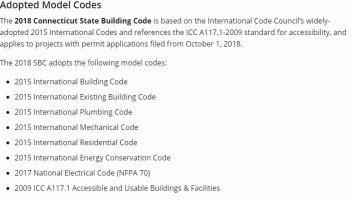Hyrax4978
REGISTERED
We have a building going up (concrete foundations right now) and the electrical engineer just said that technically per code the building doesn't need to be grounded. we were directed to ground the building steel and the plumbing piping to the electrical system. but not the foundation rebar and no ground rods.
We were surprised that grounding the rebar system was not required and even more so that grounding rods where not required.
Can anyone confirm this is kosher?
Thanks,
Brian
We were surprised that grounding the rebar system was not required and even more so that grounding rods where not required.
Can anyone confirm this is kosher?
Thanks,
Brian

